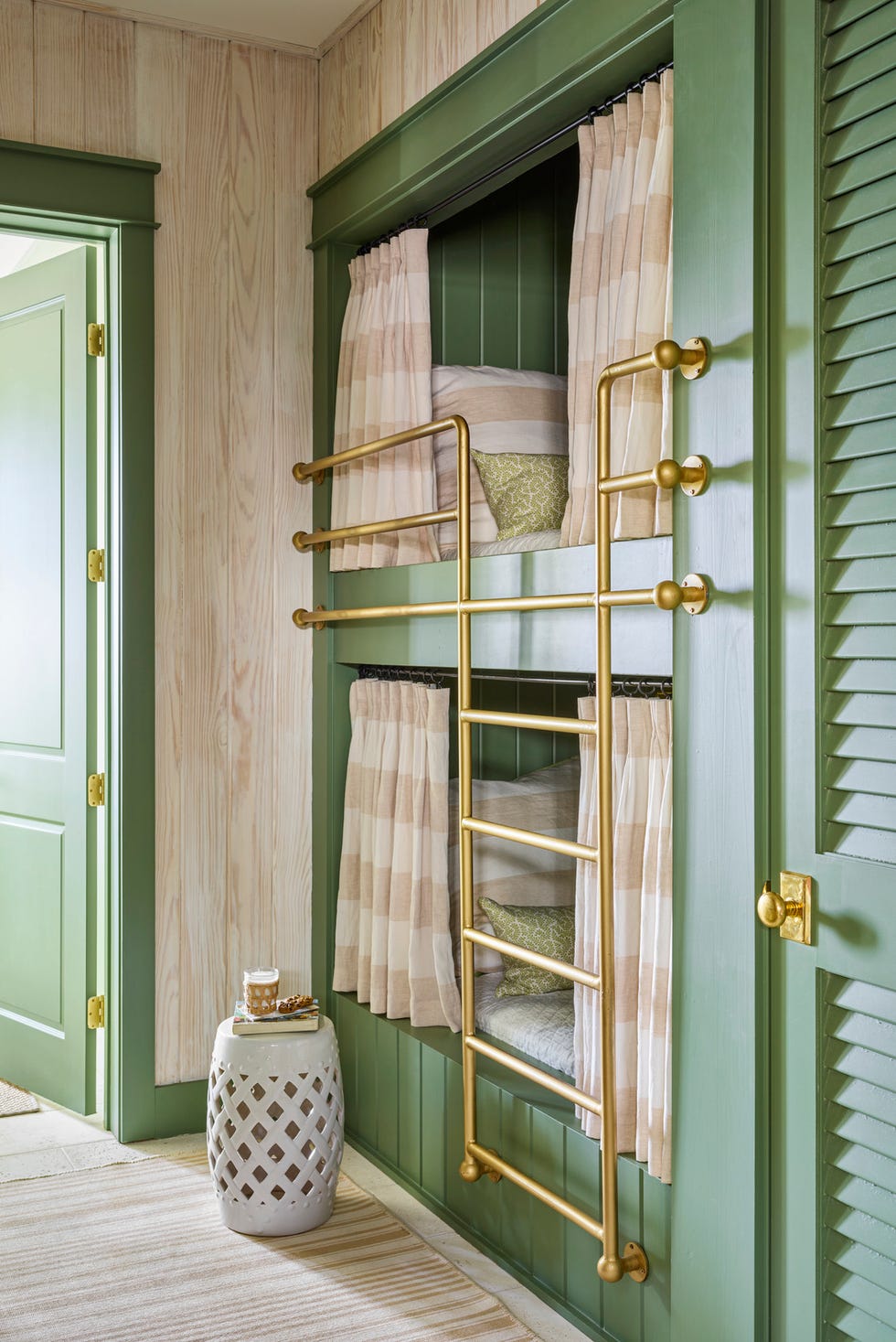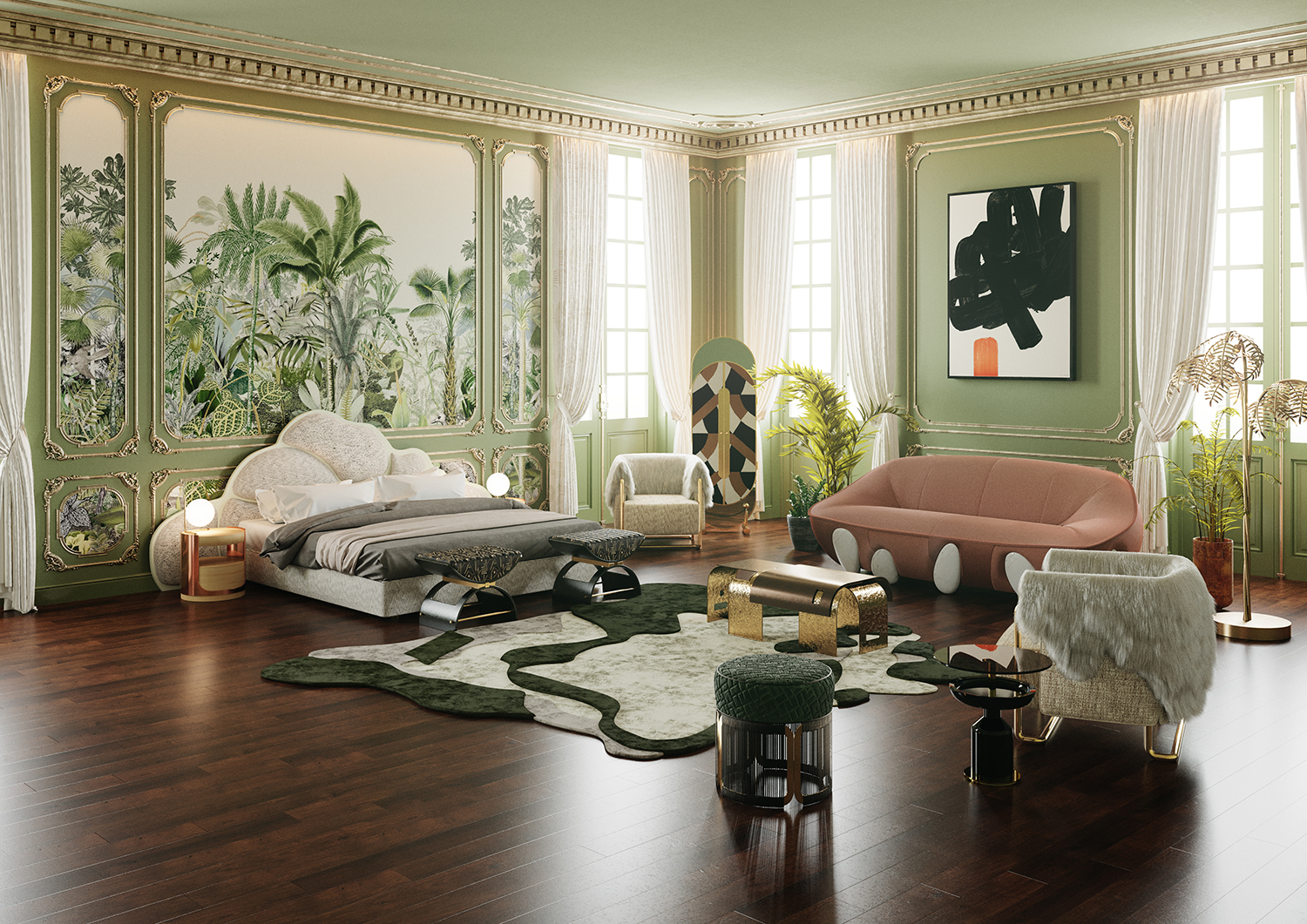Leading interior design firms bring your vision to life.
Leading interior design firms bring your vision to life.
Blog Article
Change Your Home With Crucial Concepts of Interior Decoration and Looks
By recognizing the effect of color concept and the relevance of structure and patterns, one can create rooms that are not only visually enticing however also deeply individual. Accomplishing this equilibrium includes even more than simple decoration; it incorporates a critical plan and a keen understanding of exactly how each component communicates within a space.
Recognizing Shade Theory
Comprehending the principles of shade theory allows developers to develop areas that resonate mentally with owners while fulfilling practical demands. Each classification plays an important duty in developing harmony within a space.
The mental influence of colors is extensive; warm shades such as reds and oranges evoke power and heat, while cool tones like blues and eco-friendlies advertise peace and tranquility. The usage of complementary colors improves aesthetic rate of interest, developing striking contrasts that can elevate a room's charm.
Neutral shades, on the various other hand, function as a functional backdrop, allowing other design aspects to beam. It is vital to consider elements such as illumination and the space's purpose when selecting a color palette, as these can change the understanding of colors throughout the day.
Ultimately, a well-considered color pattern can change a room, promoting a sense of convenience and design that straightens with the residents' choices. Mastery of shade concept is, consequently, an important ability for any type of interior developer intending to produce harmonious and inviting environments.
Attaining Equilibrium in Style
Just how can developers accomplish a feeling of balance in their rooms? Accomplishing equilibrium in style is fundamental to developing harmonious insides.
Asymmetrical balance, on the various other hand, relies upon differing elements that still attain a natural appearance. This method permits even more dynamic and casual arrangements, supplying interest while maintaining stability. By very carefully picking varying dimensions, shades, and textures, developers can produce an aesthetically compelling area that really feels well balanced yet energetic.
Radial equilibrium highlights a main focal point with aspects emitting exterior. This style is typically seen in round formats, where furniture and design develop a natural surround that attracts the eye internal.
Ultimately, accomplishing equilibrium calls for thoughtful factor to consider of scale, percentage, and the relationships between aspects. luxury interior design. By skillfully applying these balance principles, designers can transform spaces into environments that feel both visually pleasing and functionally unified, improving the total experience for owners
Relevance of Spatial Awareness

An eager feeling of spatial recognition allows designers to identify focal points within a space, assisting the customer's focus to vital features while keeping an overall sense of unity. It also aids in the strategic placement of lighting, which can considerably influence the assumption of room and state of mind. Furthermore, understanding spatial partnerships enables the designer to deal with the particular demands of occupants, guaranteeing that each location offers its designated objective without jeopardizing appearances.
Inevitably, spatial understanding is important for making the most of the possibility of any kind of interior room. By very carefully thinking about the interplay in between measurements, design, and feature, developers can create settings that not only fulfill functional demands but likewise evoke a feeling of comfort and elegance, enhancing the total living experience.
Integrating Texture and Patterns
Accepting a diverse series of textures and patterns can dramatically improve the visual and responsive allure of an interior room. The tactical usage of various products-- such as timber, steel, material, and rock-- creates deepness and rate of interest, making a room really feel more inviting and vibrant. For instance, integrating smooth surface areas with rough appearances can establish an equilibrium that attracts the eye and engages the senses.
When incorporating patterns, consider both range and repeating. Huge patterns can serve as prime focus, while smaller sized, subtle styles can enhance other elements without overwhelming the area. Layering patterns, such as pairing flower cushions with striped tosses, includes intricacy and a sense of harmony if performed attentively.
It is likewise important to preserve a cohesive color palette, ensuring that appearances and patterns collaborate instead than compete for attention. By choosing a few vital textures and patterns, you can create a linked aesthetic that reflects your personal style while improving the overall ambiance of the area. Eventually, the careful incorporation of these components can change a mundane space right into an advanced environment abundant with personality and warmth.
Personalizing Your Room
Producing a space that mirrors your character is essential to attaining a genuinely inviting setting. Personalization in interior decoration enables you to infuse your unique design and interests right into your home, transforming it from a plain shelter right into a refuge that talks to that you are. Begin by choosing a shade combination that reverberates with your her explanation emotions-- vibrant colors can invigorate, while soft tones provide tranquility.
Integrate artwork and decoration that reflect your enthusiasms, whether it be travel, nature, or abstract concepts. Showing individual collections, such as books, photos, or keepsakes, can evoke treasured memories and produce focal factors within a space. In addition, think about tailoring useful items, like upholstered furnishings, to align with your visual choices.

Verdict
In conclusion, the improvement of a home through the necessary principles of interior style and aesthetics necessitates a detailed understanding of shade Discover More concept, equilibrium, spatial awareness, texture, and personalization. Each aspect adds dramatically to creating an unified and useful living environment - miami interior design. By thoughtfully integrating these principles, individuals can enhance the aesthetic allure and psychological vibration of their rooms, inevitably cultivating a home that mirrors one-of-a-kind identifications while giving convenience and usefulness
Report this page